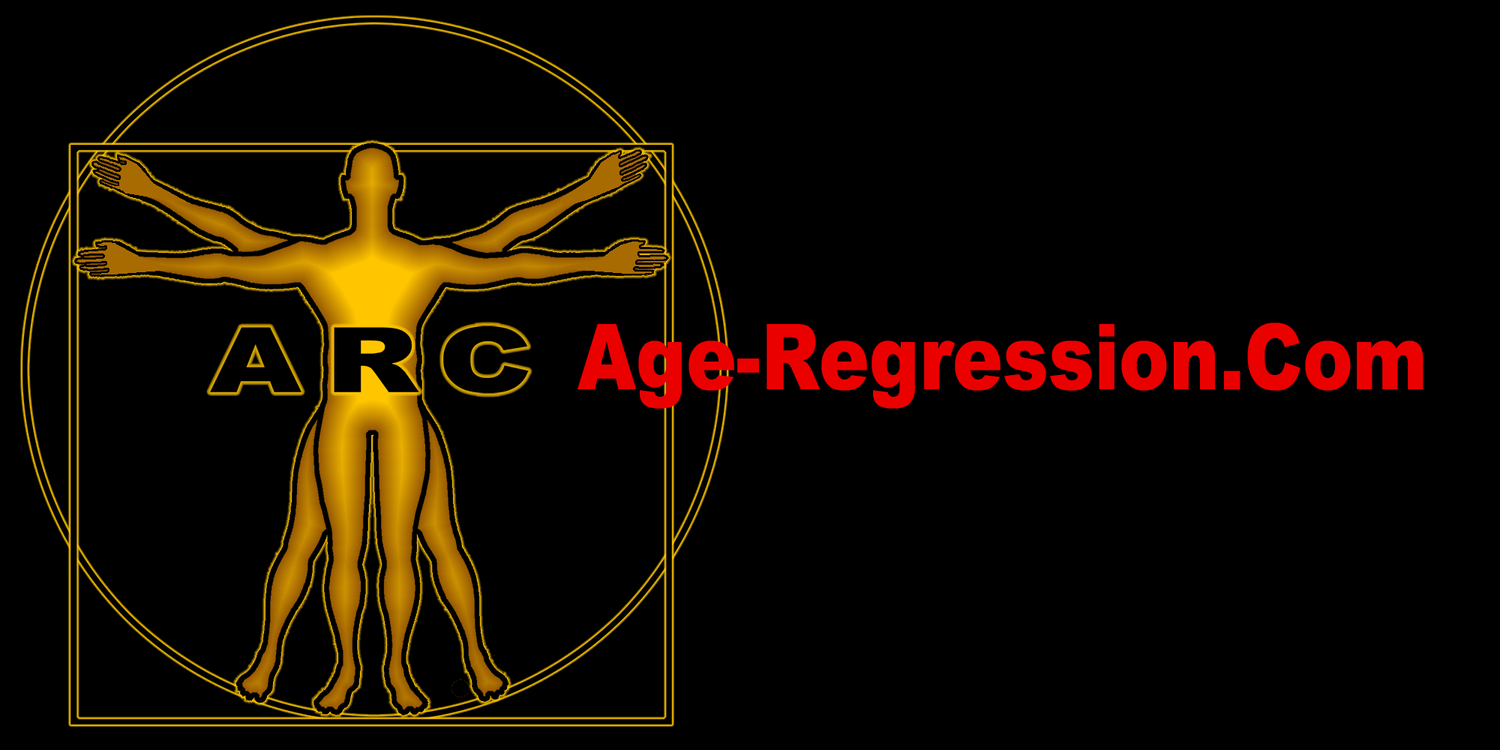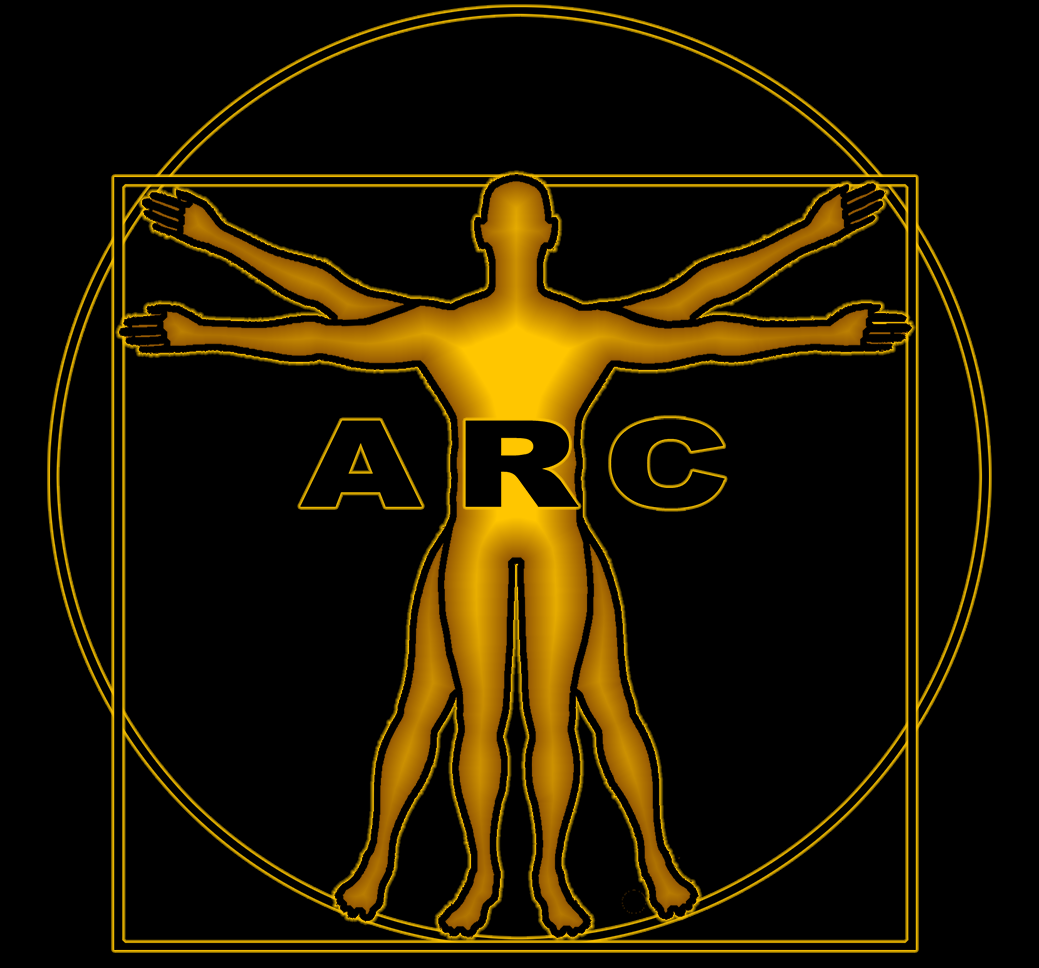
Interventional Strategy
Aging is a complex multifactorial process An effective strategy to regress aging requires multiple AIR agents targeting multiply Treatment Core pathways. There is a great deal of human data that now strongly correlates AIR elements with improved health, greater resistance to disease and longer life. Our understanding and insights of aging are advancing on a daily basics. This includes new insights into why vitamins, supplements and minerals that we have all used for decades effectively impact aging. It includes new treatment opportunities realized from new insights into cellular metabolism. Studies incorporating epigenetic clocks are advancing our insights into new pathways and effective agents to regress aging.
The ultimate goal of ARC is to develop a treatment stratgie/schedule, safely incorporating each effective AIR element into an effective age regressive treatment regimen.
The ARC Treatment Matrix Schedule provides the current scheduling of effective interventional agents. You can locate it in the Treatment Cores drop down menu at the top of this page.
Treatment Strategy Rational:
Many scientist involved in aging research would challenge this stratgie and overly simplistic. However, several animal studies have now demonstrated that just a few of these aging factors can dramatically regress the biological age-set-point of any mammal. [1] It is now becoming more evident that all of the currently identified pathways involved in directing the aging paradigm are interacting with all of the other pathways and this symphony of noise, signals, crosstalk and feedback loops is highly interactive. That makes it possible that targeted interventions, regulating one or two of these pathways will have a positive and overriding anti-aging influence on others. Multiple targets and pathways are involved in the age-set-point, and superior or dominant pathways (first-order) may provide an overriding, network controlling function as briefly described by Irena and Michael Conboys in the next paragraph.
⫸ Various studies have demonstrated that not just one signaling pathway, but a network of highly interactive pathways including (TGF beta1, Oxytocin) Notch, Wnt, BMP, Shh, TNF-α, IGF, B2M, Tet2 and IL-6 are affected by the aging process [1, 2, 46]. For example, Wnt signaling has been demonstrated to decrease in aged hippocampi and contribute to the decline of adult hippocampal neurogenesis [1, 44, 58, 59]. Furthermore, IL-6 becomes elevated in the old and especially at the sites of tissue damage [60], is secreted by activated microglia, and is known to promote inflammation in part via support of Th17 cells and up-regulation of MHC class I and class II gene expression [32, 61, 62]. Therefore, it is possible that the age-specific increase in TGF-β1 signaling may contribute to the excess of IL-6 or other inflammatory cytokines such as IL-17, and consequentially experimental attenuation of TGF-β1 may result in lower levels of inflammatory cytokines and normalized levels of MHC I proteins. ⫷[2]
• Safety:
Every individual has varying safety and health concerns and that produces a different set of goals for each of them. Before you implement any interventional strategies described on this site, you should consult with your physician. There are many reasons for doing this when it comes to an anti-aging interventional strategy. The primary one is to protect your health and the second one is to monitor your health and track your progress or BASP. You physician should be an active partner in this process. This schedule of a guide not a definitive treatment plan. It will be revised by the ARC community untill a 100% effective anti-aging silver bullet become available and affordable.
• Interventional Strategy Synopsis:
Four criteria must be met in order for us to add a new strategy to what we call treatment cores, constituting the current interventional paradigm: 1) Peer reviewed literature must clearly demonstrate that a pathway and interventional target can substantially regress aging and by extension your BASP; 2) Effective pharmacological interventional agents (AIR) must be available, and legal; 3) Dosing, time of day, and interval must be deducible; 4) Finally the safety profile must be confirmed.
The primary addressable, interventional BASP targets are detailed in the following paragraph. It would represent the ultimate hubris to assume that this list in any way represents the final word, in both 1) an optimal list of targets, 2) most effective dosage; 3) most effective time of administration; 4) most effective interval of administration; 5) and/or the most effective interventional molecules. Please keep in mind that this is a synopsis of the current treatment paradigm. Full page explanations are available for each Treatment Cores.
Only time will inform us of the relative importance of each of the targets/treatments identified below. They are not ranked or categorized in any order of importance.
Supplements:
AKG, Glutathione via supplementation with Glycine and NAC. Supplements that up regulate NAD, including NMN or NR are imports for midachonodrial health.
Vitamins:
Vitamins, A, B, C, D, E and K. Each should be utilized in a schedule to optimize there benefits and safety.
Drugs:
There are also several drugs that have important anti-aging attributes. These include aspirin, metformin, and rapamycin.
Metals / Minerals:
Lithium, Magnesium, Selenium and Zinc are critical.
Hormones:
Oxytocin, Melatonin, are hormones important additions to the matrix.
Basic Fundamental Background
A very brief description of each of these AIR agents can be found in the menu above under AIR. Treatment cores that identify any AIR agent as being an effective interventional opportunity provide detailed structural, pharmacological and mechanistic information.
Advanced Interventional Opportunities
The age controlling signature of the majority of interventional targets is now obvious; key age determining proteins increase or decrease with age. Negative (-) aging signals incrementally increase during the chronological aging of an organism. Positive (+) youthful signals incrementally decrease as the organism ages. The net result is the down regulation of healthy, youthfully correlated, systemic factors, an impaired cellular inventory resulting in a deteriorating health profile and eventually, disease. As these two controlling factors (-)/(+) cross, your biological age-set-point (BASP) and thus your immune status, health-span and life-span declines. It should not come as any kind of a surprise that the point in this process where we begin to acquire diseases of aging, is shortly after this crossover point has occurred.
A principal controlling component of this network consist of signaling molecules generated by intra and extra cellular factors transported to all cells by the plasma component of blood. This age defining system includes complex signal response loops, driven by multiple feedback signals and crosstalk between exogenous, molecular and genetic pathways. It is now possible to strategically amplify (up-regulate) or block (down-regulate) these signals, redirecting the accretion aging paradigm. This enables us to utilize the same molecular and genetic pathway targets to mimic the cellular signals normally directing and driving the aging process. Biosimilar signaling agents can be introduced in the form of [a] small molecules or drugs, [b] biological agents, [c] nutritional foods and [d] supplements or nutraceuticals, [[3]] to accomplish this goal. Broad, relatively blunt-force approaches can also be employed such as filtering or diluting blood plasma to achieve some of these goals. [4], [5], [6]
Aging has multiple pathways that contribute to the network of signals controlling your BASP. Another primary contributing factor is noise. As each cell divides and replenished the organ or tissue it is derived from, information can be lost in the process and this degrades the cells viability with each replicative cycle. We refer to this as Reproductive Noise Damage (RND). An insightful doctoral dissertation; “Reversal of aging via in vivo epigenetic reprogramming,” by Yuancheng Lu. provides an excellent description of this process.
The network of differentially expressed genes (DEGs) as well as the progressive silencing of genes, are also a driving confluence that both receives signals and direct protein and chronokine instructions. DNA can be directly methylated through the covalent linkage of a methyl group to the fifth position of the cytosine ring to generate 5-methylcytosine (5mC). This modification is mainly present in DNA regions rich in cytosine-phospho-guanine (CpG) dinucleotides. While there is extensive evidence that DNA methylation at promoter regions is associated with gene silencing, the decipherment of the function of gene body methylation is still ongoing [7].
There is also this one last caveat; it is entirely possible and indeed likely that some, or many of the factors controlling the Biological Age Set Point are still unknown to researchers and the general public. Donald Rumsfeld’s infamous, “unknow, unknowns,” quote underscore that we don’t know what we don’t know. [8]
• References:
[1] 2019 Rejuvenation of brain, liver and muscle by simultaneous pharmacological modulation of two signaling determinants, that change in opposite directions with age
[2] 2015 Systemic attenuation of the TGF-β pathway by a single drug simultaneously rejuvenates hippocampal neurogenesis and myogenesis in the same old mammal
[3] 2020 Personal Communications, Harold Katcher
[4] 2020 Plasma dilution improves cognition and attenuates neuroinflammation in old mice
[5] 2021 Attenuation of age-elevated blood factors by repositioning plasmapheresis: A novel perspective and approach
[6] 2020 Rejuvenation of three germ layers tissues by exchanging old blood plasma with saline-albumin
[7] 2020 Is Oxytocin “Nature’s Medicine
[8] 2014 Rumsfeld's Knowns and Unknowns: The Intellectual History of a Quip

